When you think of “kamon” (family crests), you might picture symbols representing Japan’s rich cultural history and tradition. These crests were not just for the elite but became a vital part of everyday life for commoners as well. In this article, we’ll explore the origins of Japanese family crests, famous samurai crests, and how they’re featured in the action RPG game Nioh 2!
The History of Japanese Family Crests
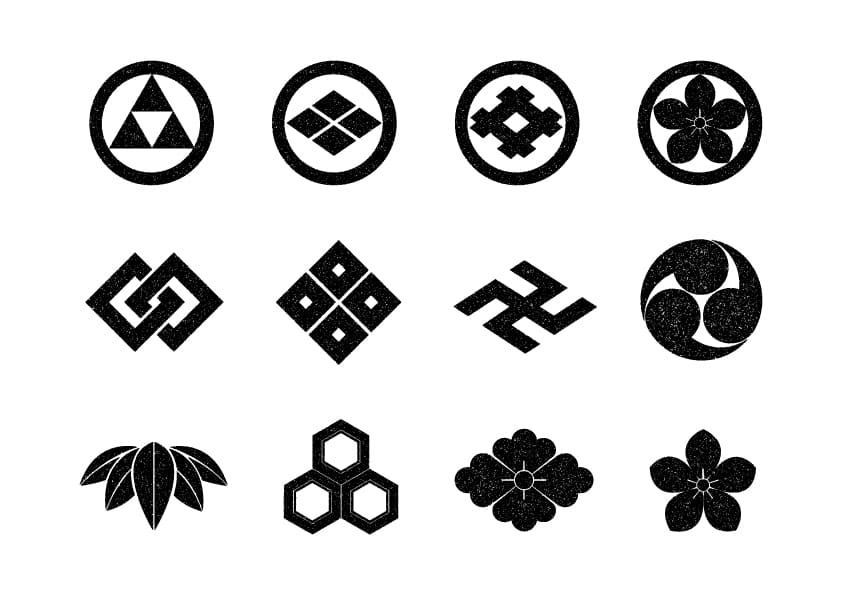

I love looking at Japanese family crest!
The Birth of Kamon – Heian Period
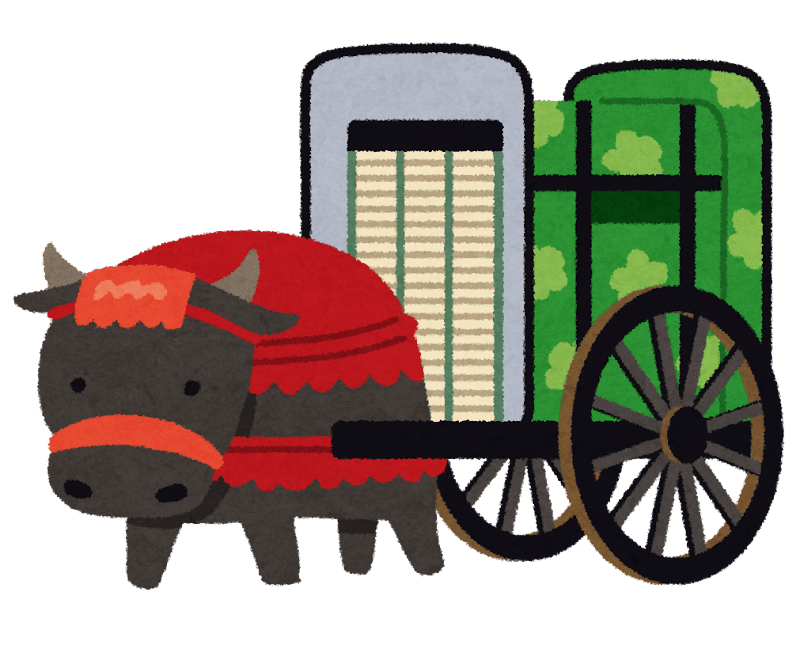
The origins of family crests date back to the late Heian period (8th–12th centuries), a time when aristocratic culture flourished. Nobles would decorate their ox-drawn carriages with unique designs to distinguish ownership. This practice is widely regarded as the beginning of kamon.
Another theory suggests that these crests originated from the intricate patterns on aristocratic clothing, adding a sense of identity to their attire.
Spreading to the Samurai Class – The Age of War
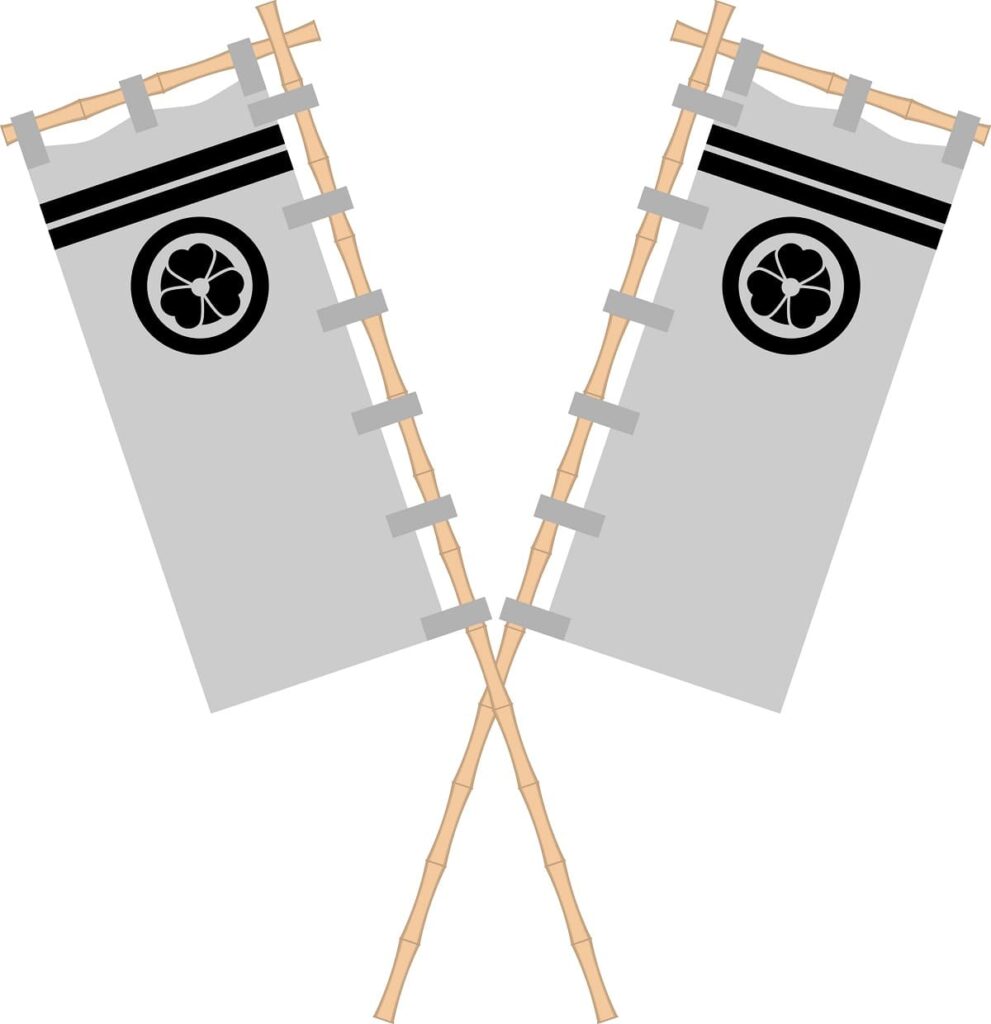
During the late Heian period and into the Kamakura period, kamon spread to the samurai class as warfare intensified. The famous rivalry between the Minamoto (Genji) and Taira (Heike) clans is a classic example. The Minamoto clan used white banners, while the Taira clan displayed red banners. These symbols not only helped distinguish allies from enemies but also played a vital role in strategizing on the battlefield.
Kamon in the Edo Period – For Commoners, Too!
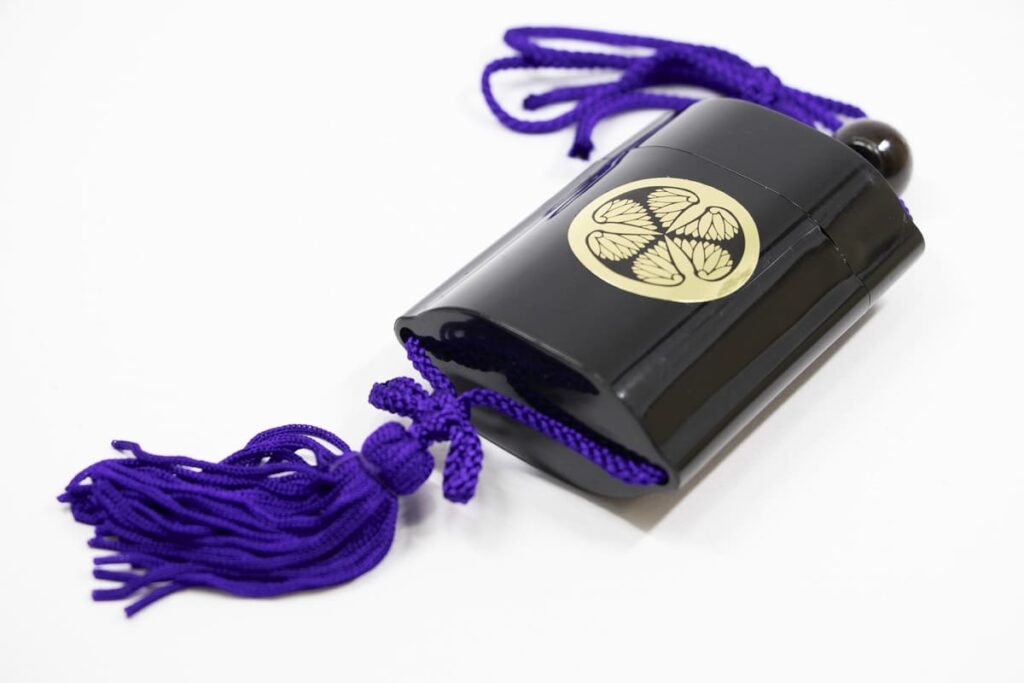
By the Edo period, family crests were no longer exclusive to the elite. Commoners began adopting kamon as a substitute for surnames, which were forbidden to them at the time. These crests also served as logos or signs for merchants and craftsmen, establishing a unique identity for their businesses.
Famous Samurai and Their Crests
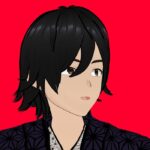
I want to know famous Samurai’s crests!

Then we can learn together!
Oda Nobunaga – The Oda Mokko
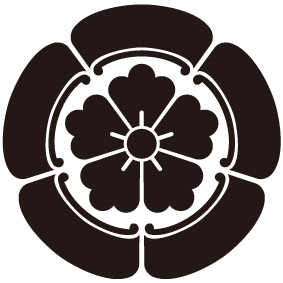
Oda Nobunaga’s crest, the Oda Mokko, features a bold design resembling the cross-section of a melon. This emblem reflects Nobunaga’s innovative and daring personality.
Tokugawa Ieyasu – The Three-Leaf Aoi
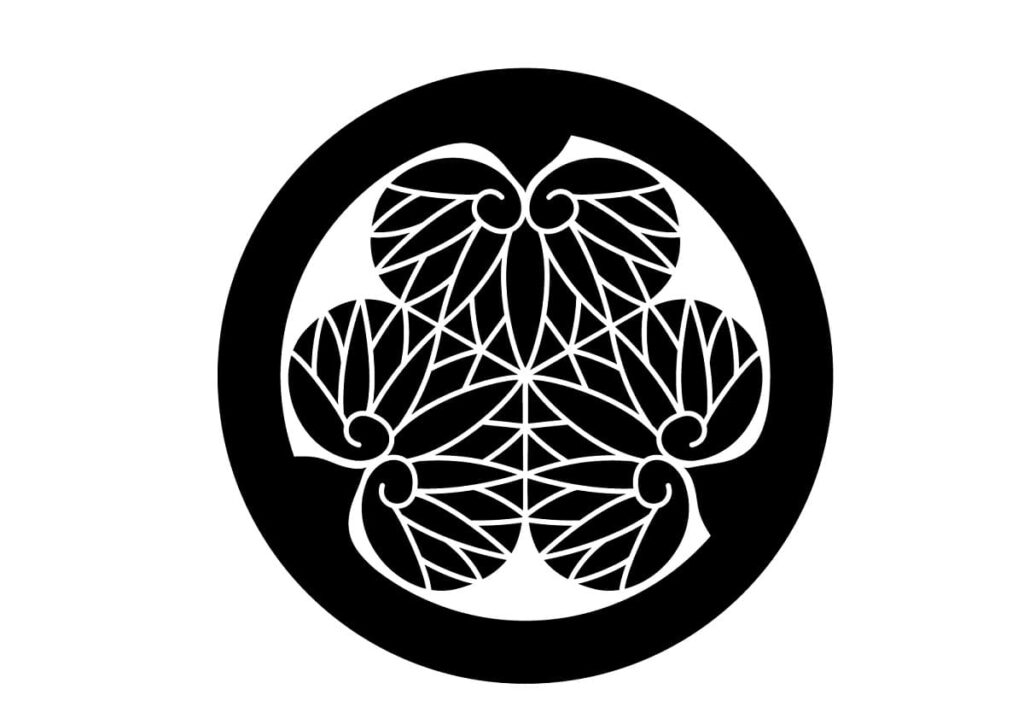
The Three-Leaf Aoi, representing Tokugawa Ieyasu, is perhaps the most famous Japanese family crest. This elegant symbol signified the authority and prosperity of the Tokugawa Shogunate, leaving a lasting legacy in Japanese history.
Takeda Shingen – The Takeda Bishi

Takeda Shingen’s crest, the Takeda Bishi, features an overlapping diamond pattern. Known as the “Tiger of Kai,” Shingen’s crest embodies strength and strategy, perfectly complementing his military prowess.
Toyotomi Hideyoshi – The Goshichi no Kiri
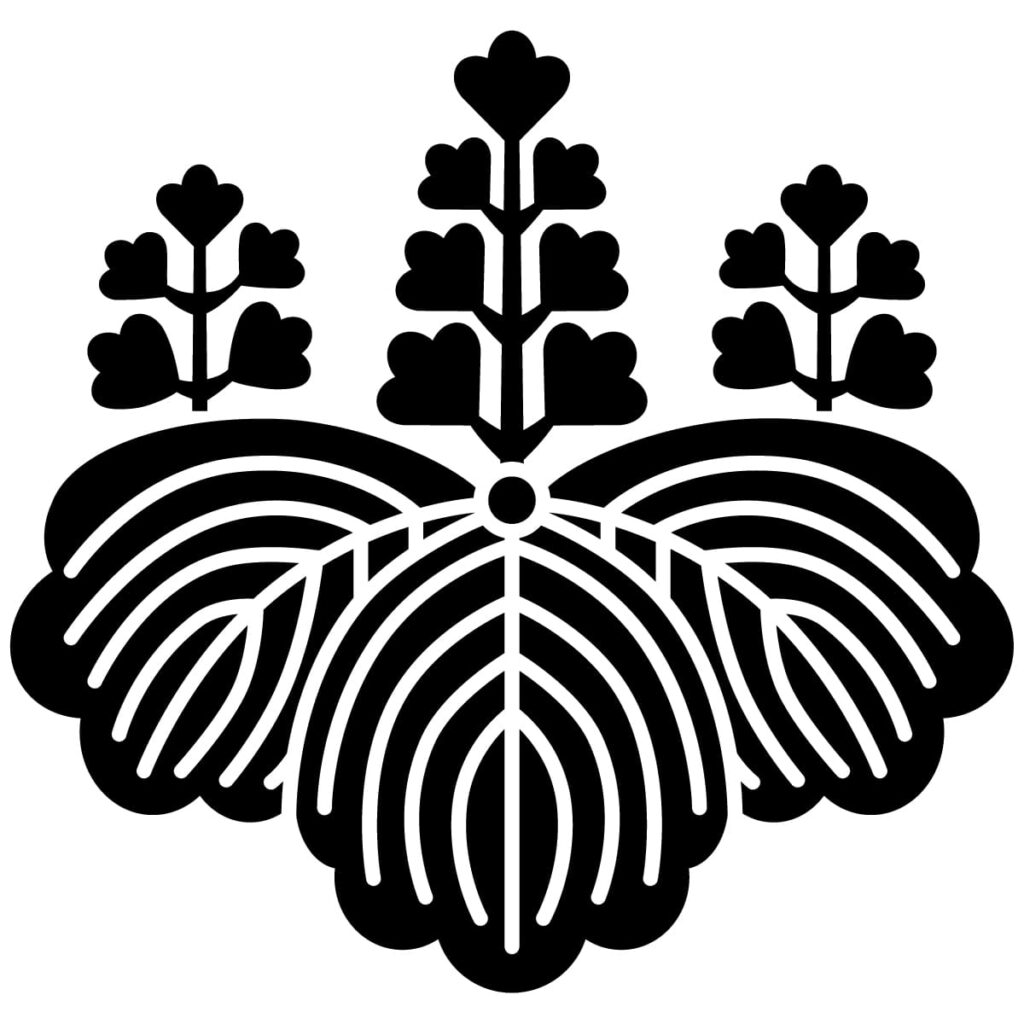
The Goshichi no Kiri, or “Paulownia Flower Crest,” was used by Toyotomi Hideyoshi. This crest, originally bestowed upon Hideyoshi by the imperial court, symbolized his rise to power and his close connection to the emperor. Today, the Goshichi no Kiri is still used as a symbol of government authority in Japan.
Akechi Mitsuhide – The Kikyo
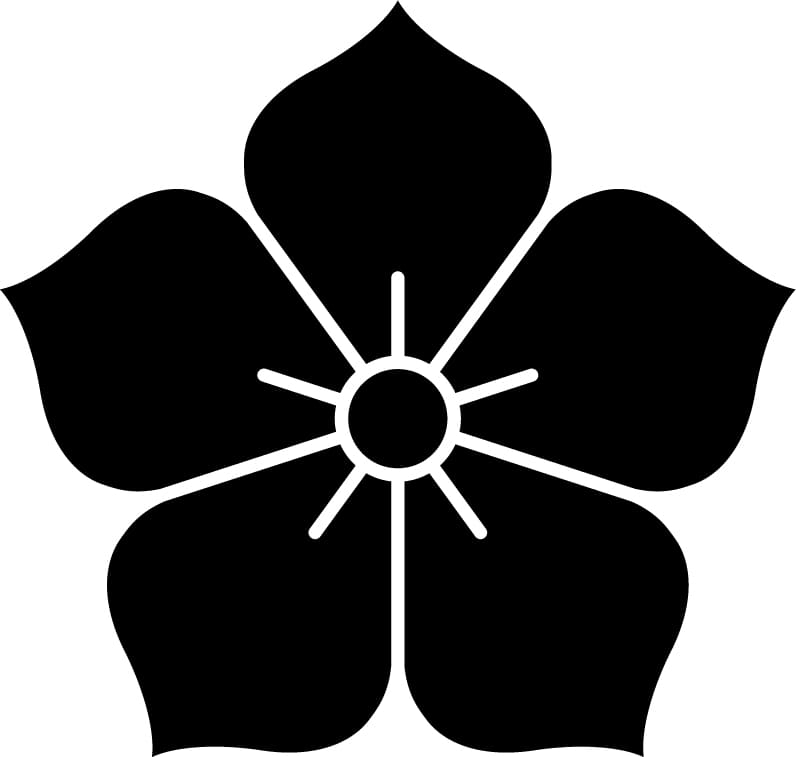
The Kikyo, or bellflower crest, was used by Akechi Mitsuhide. Its elegant, understated design reflects Mitsuhide’s composed and strategic character, making it a popular and timeless design even today.
Family Crests in Nioh 2
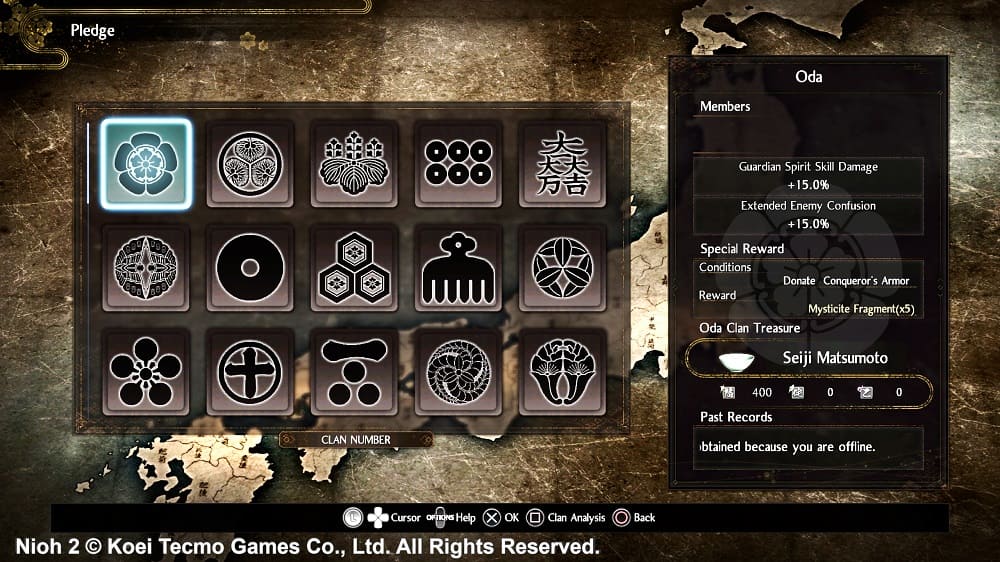
The action RPG Nioh 2 allows players to immerse themselves in Japan’s Warring States period while encountering various iconic family crests.


The crests of famous figures like Oda Nobunaga and Tokugawa Ieyasu make appearances, but the game doesn’t stop there!
You’ll also encounter the Mori clan’s crest, the “Ichimonji ni Mitsuboshi” (One Line with Three Stars), which reflects the brilliance of Mori Motonari’s strategic mind. Likewise, the Maeda family crest, the “Kaga Umebachi” (Plum Blossom), represents Maeda Toshiie’s elegance and refinement.
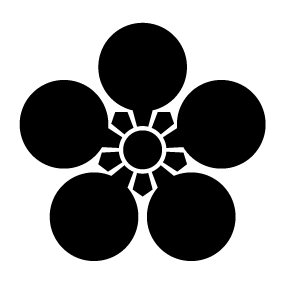
The family crest of Maeda Toshiie, known as the Kaga Umebachi (Plum Blossom), is a simple yet elegant design of a plum blossom. This crest represents Toshiie’s connection to the Maeda clan and the domain of Kaga, which he ruled with distinction.
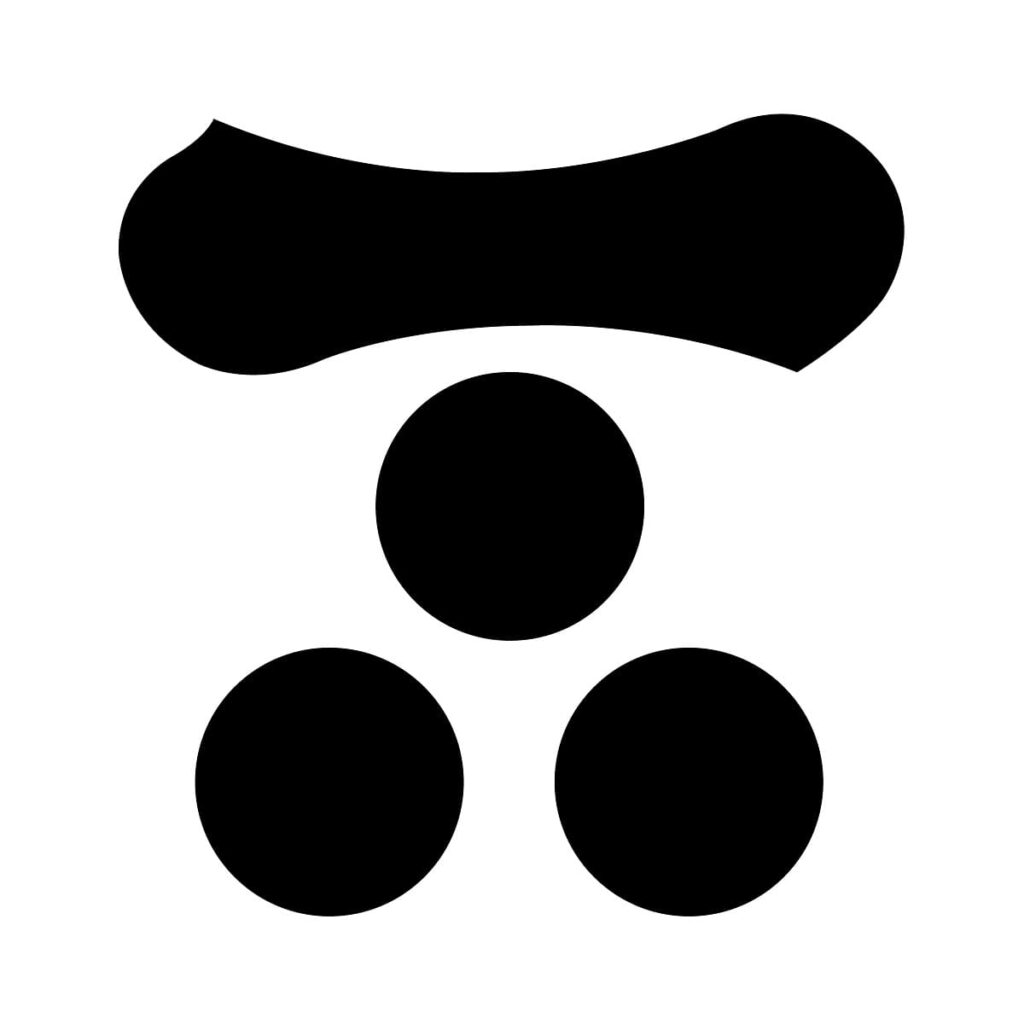
The Mori clan’s crest, Ichimonji ni Mitsuboshi, features a horizontal line beneath three aligned stars. One popular story suggests that this crest symbolizes the “Three Arrows” lesson taught by Mori Motonari, who explained to his three sons that while a single arrow can easily break, three arrows bundled together are much stronger. However, this story is a later invention; the crest was already in use during Motonari’s time.
The most credible theory is that the crest represents the three stars in Orion’s Belt, reflecting ancient Japanese star worship. This celestial-inspired design symbolizes the Mori clan’s reverence for the cosmos and their connection to timeless traditions.

There are more!!
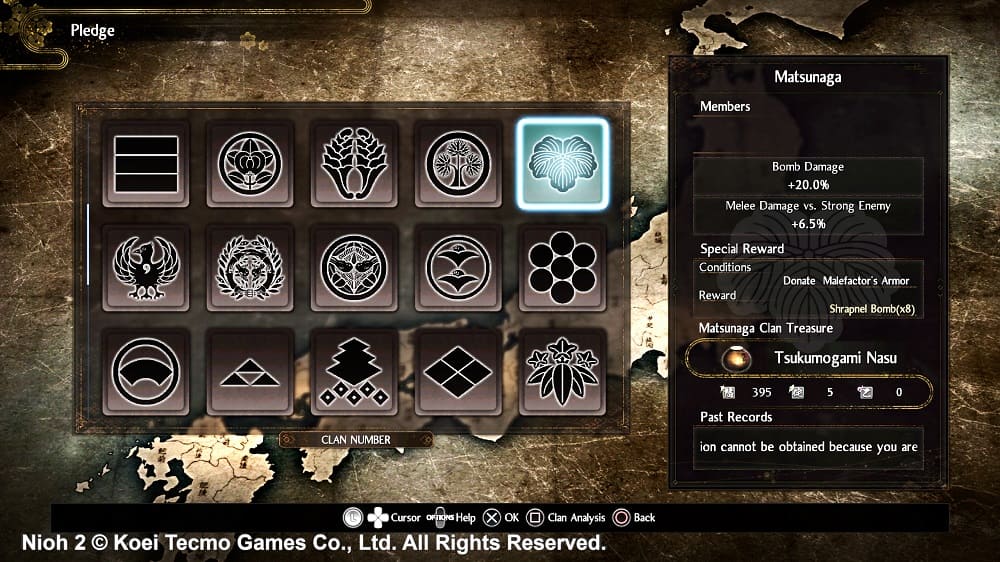
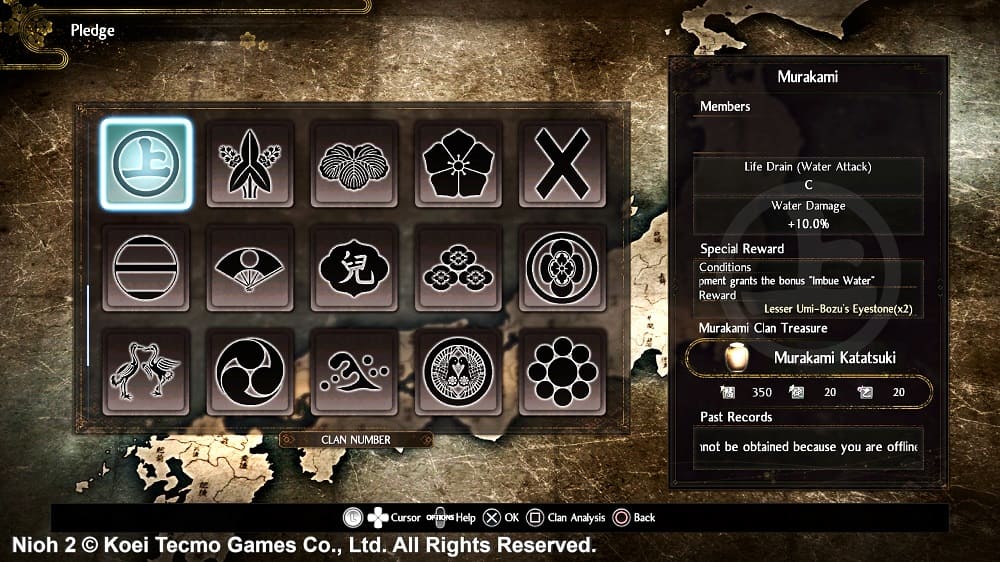
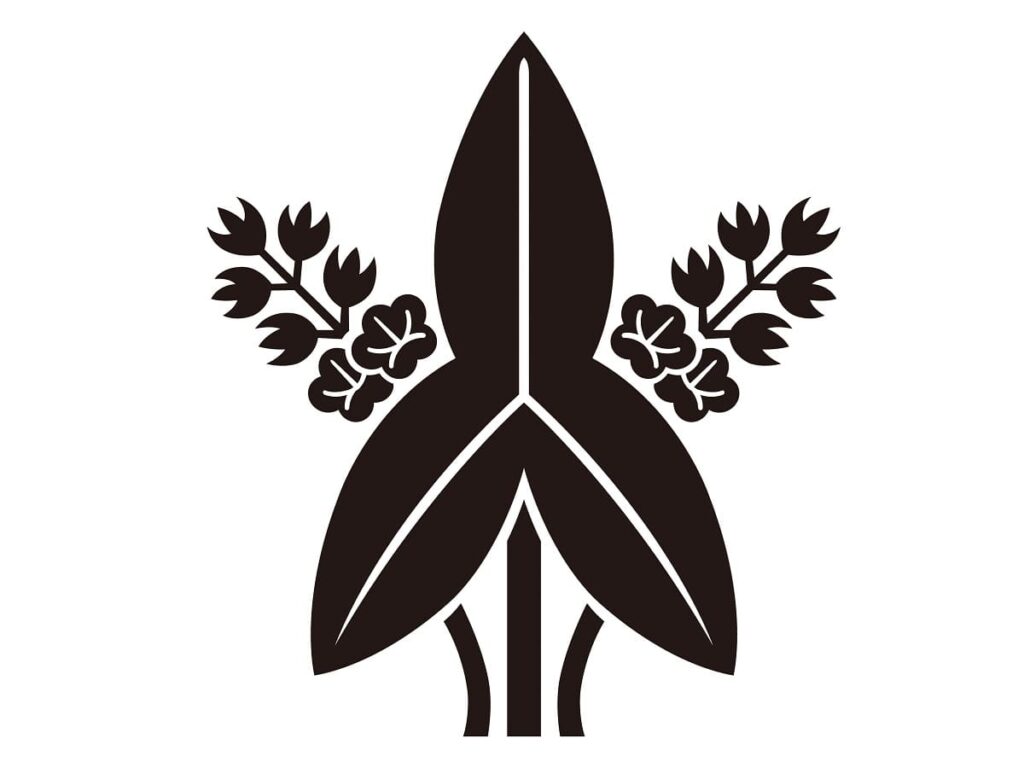
The family crest of Masanori Fukushima, Fukushima Omodaka(福島沢瀉), depicts the sagittaria plant (omodaka), an aquatic plant found in ponds and marshes. Known as “Victory Grass” (Kachiikusa), it was a popular symbol among Sengoku warriors who wished for triumph in battle.
Masanori Fukushima, one of the famed “Seven Spears of Shizugatake,” embodied the spirit of victory, and this crest reflects his determination and tenacity on the battlefield.
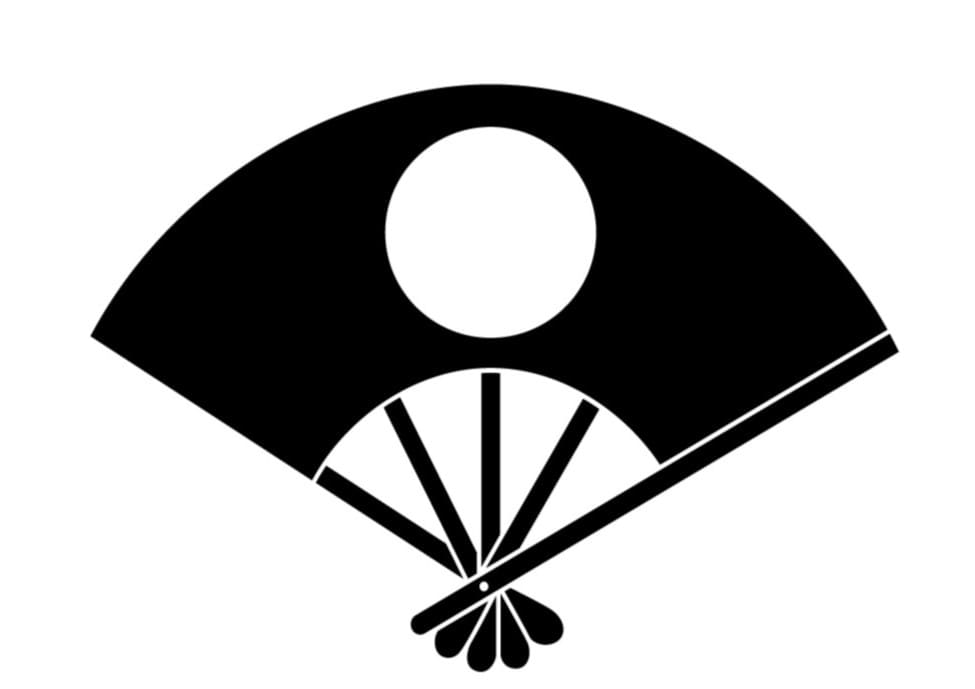
The Satake clan’s crest, Ougi and Tsuki, combines the image of a folding fan with a moon. Its official name, “Five-Ribbed Fan with a Moon,” is often mistaken for a connection to Japan’s national flag, the Hinomaru, but it’s a moon.
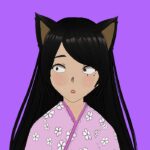
I thought it was “Hinomaru”!
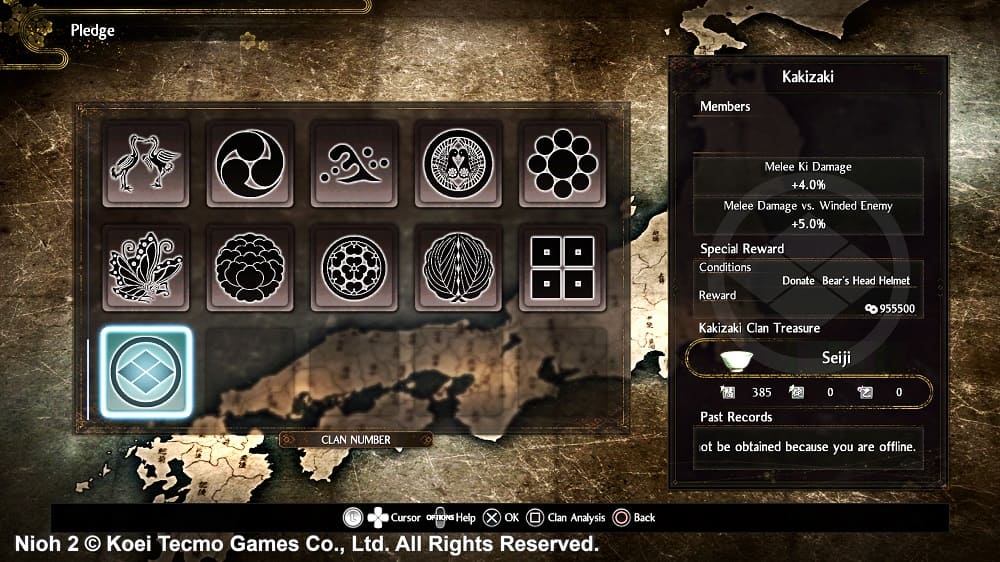
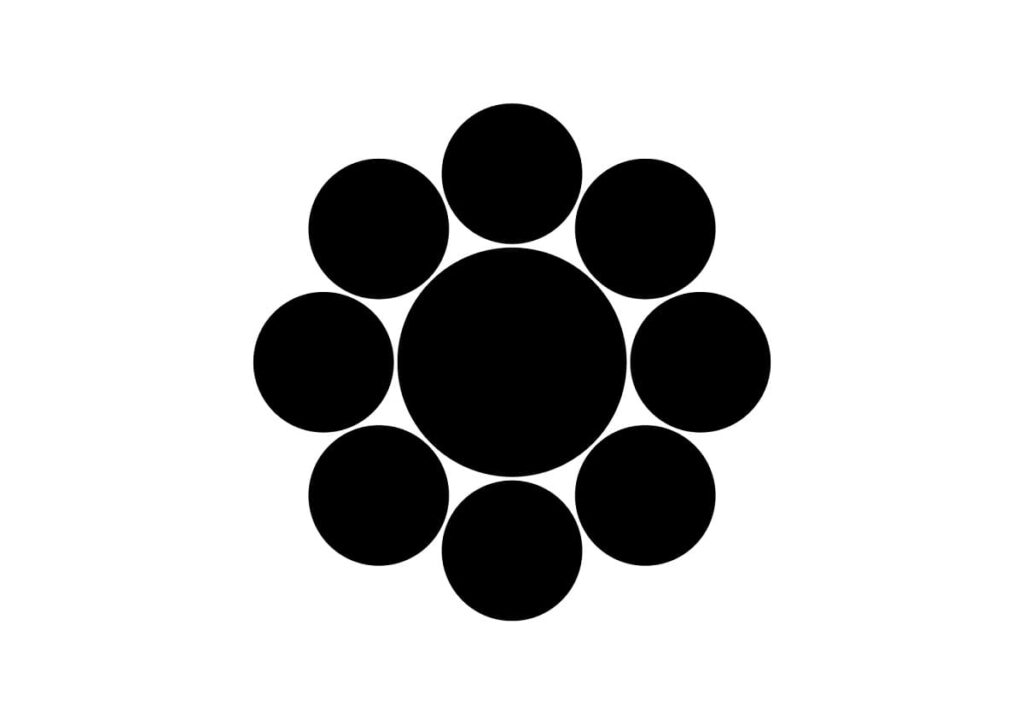
The Kuki clan, originally a naval force based in Shima Province, rose to prominence under Kuki Yoshitaka (1542–1600), who served both Oda Nobunaga and Toyotomi Hideyoshi before becoming a daimyo. During Yoshitaka’s time, the clan used the Hidari Mitsudomoe (Threefold Swirl to the Left) crest. However, in the era of his successor Moritaka, the clan adopted the Shichiyō (Seven Luminaries) crest. This design is believed to be inspired by the Big Dipper constellation, symbolizing guidance and celestial protection.
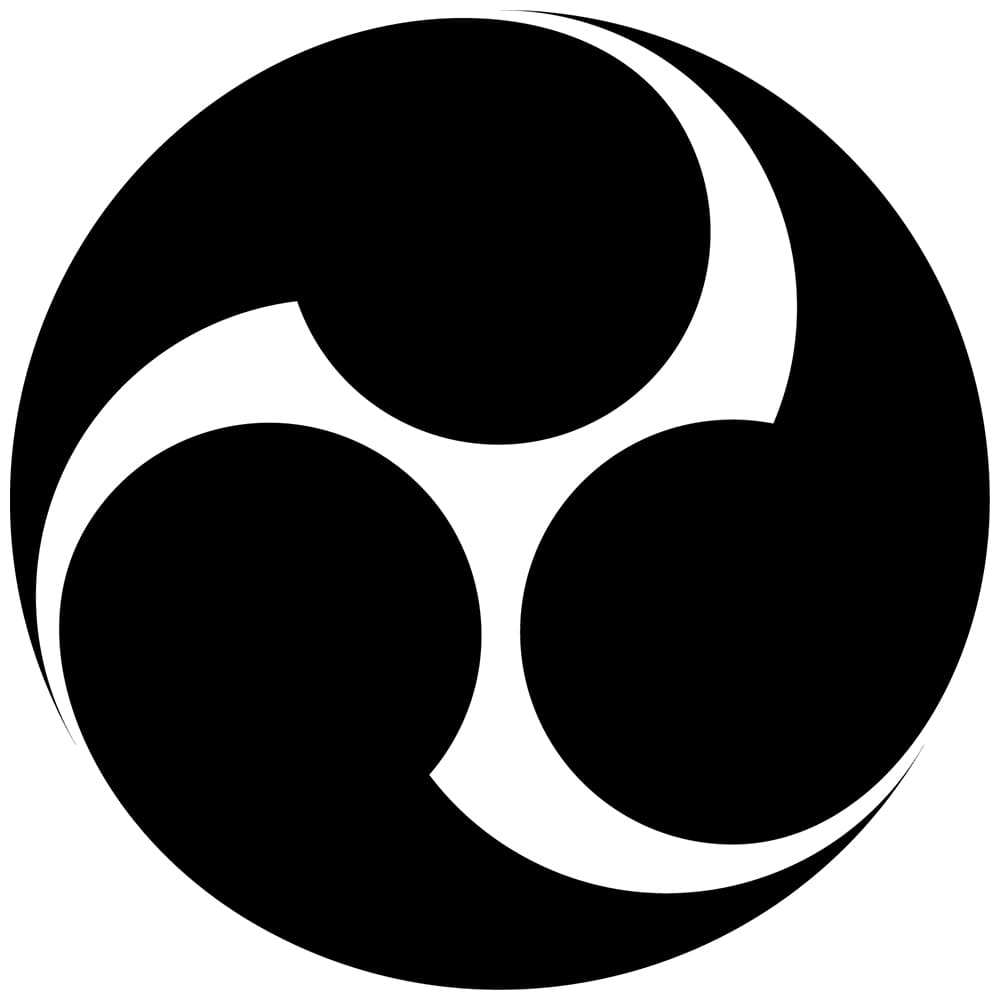
The Shō dynasty ruled the Ryukyu Kingdom from 1469 (Chenghua 6) to 1879 (Guangxu 5), spanning 410 years, with Shō En as its founder. The Hidari Mitsudomoe crest, characterized by three swirling shapes curving to the left, served as the royal emblem of the Shō family, symbolizing their authority and legacy in Okinawa’s Ryukyu Kingdom.
These detailed representations allow players to explore the rich culture of family crests while enjoying the action-packed gameplay. Whether you’re a history buff or just a gamer, Nioh 2 is a great way to experience this fascinating aspect of Japanese heritage.
Our Japanese Family Crest Kitchen Items
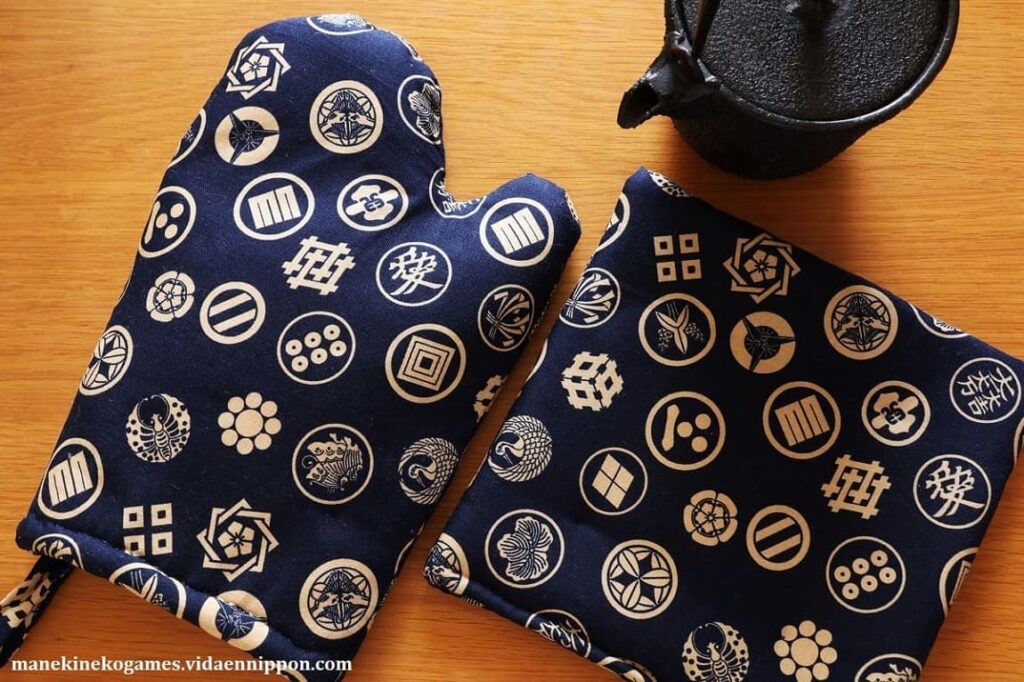
We have a family crest patterned pot holder and pot mat.
We found a cool fabric online.

This store has global express service, and you can buy it abroad.
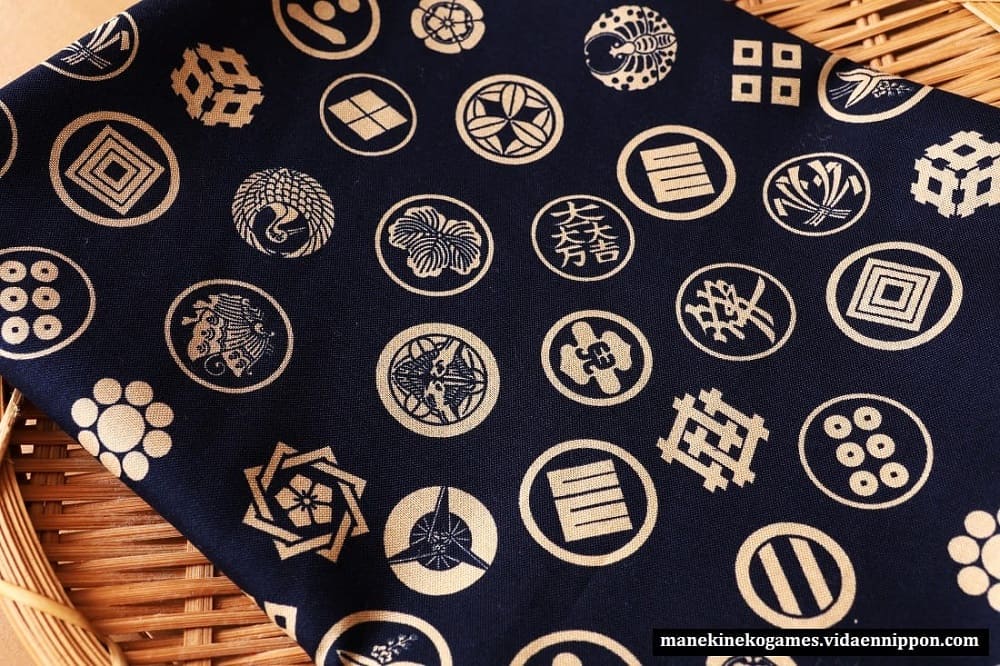
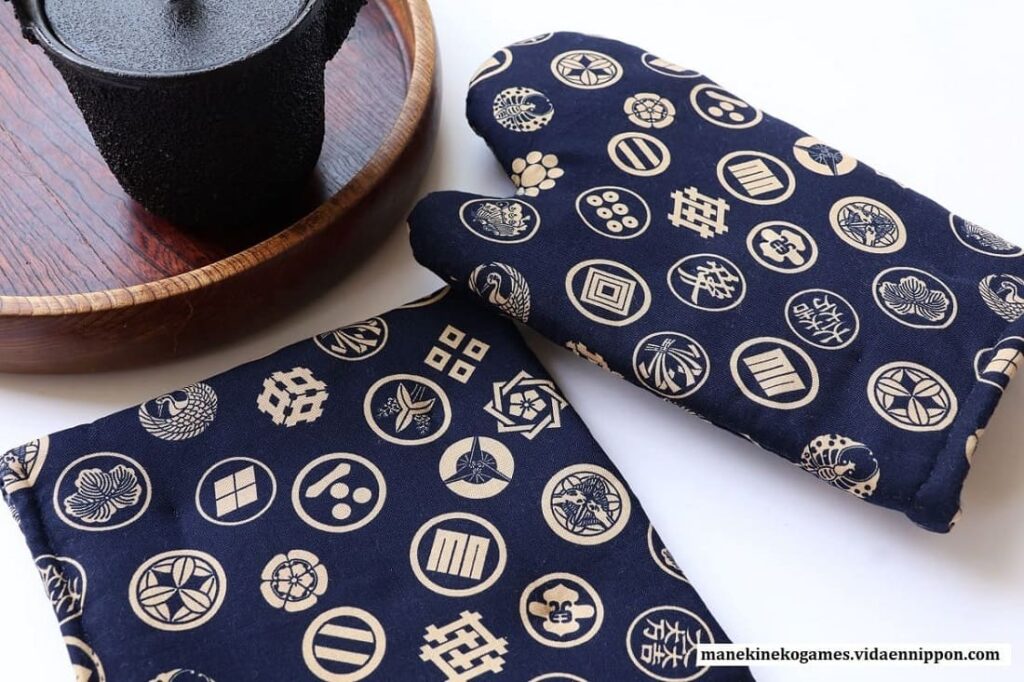
We decided to make a pot holder and a pot mat.
They have a lot of Japanese family crests and Taro likes them.
Conclusion
Family crests have evolved from aristocratic origins in the Heian period to becoming an integral part of Japan’s samurai and commoner culture. The unique designs of samurai crests reflect the personality and values of the historical figures who bore them, while games like Nioh 2 bring these symbols to life for modern audiences.
Why not take this opportunity to explore your own family crest or discover your favorite samurai’s emblem? Dive into Japan’s cultural heritage and see the legacy of kamon for yourself!

If you are interested in Japanese culture, you may love these games!
Let’s play!
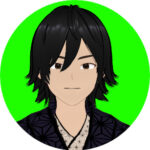
Yes! Let’s play!

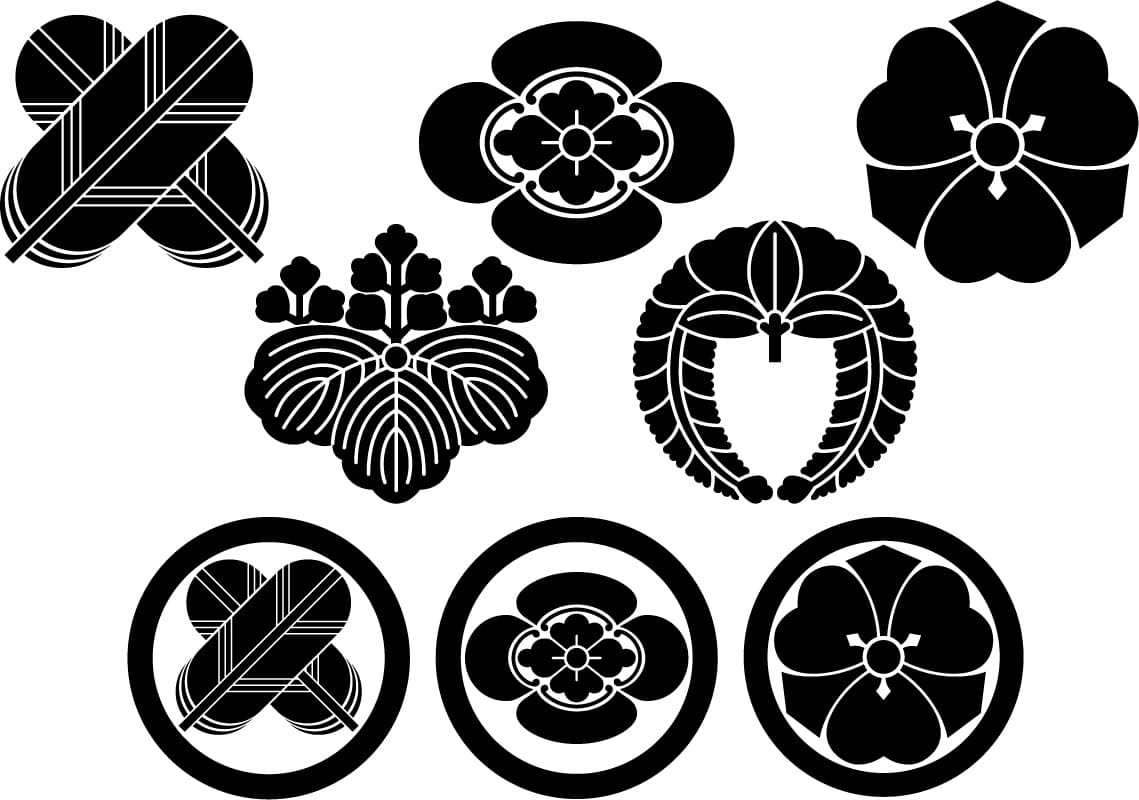
![[商品価格に関しましては、リンクが作成された時点と現時点で情報が変更されている場合がございます。] [商品価格に関しましては、リンクが作成された時点と現時点で情報が変更されている場合がございます。]](https://hbb.afl.rakuten.co.jp/hgb/43e69123.e242f3b2.43e69124.9b7d7a01/?me_id=1250110&item_id=10006705&pc=https%3A%2F%2Fthumbnail.image.rakuten.co.jp%2F%400_mall%2Fnuno1000netshop%2Fcabinet%2Fa%2F3%2Fa75500-88-1.jpg%3F_ex%3D240x240&s=240x240&t=picttext)



Comments